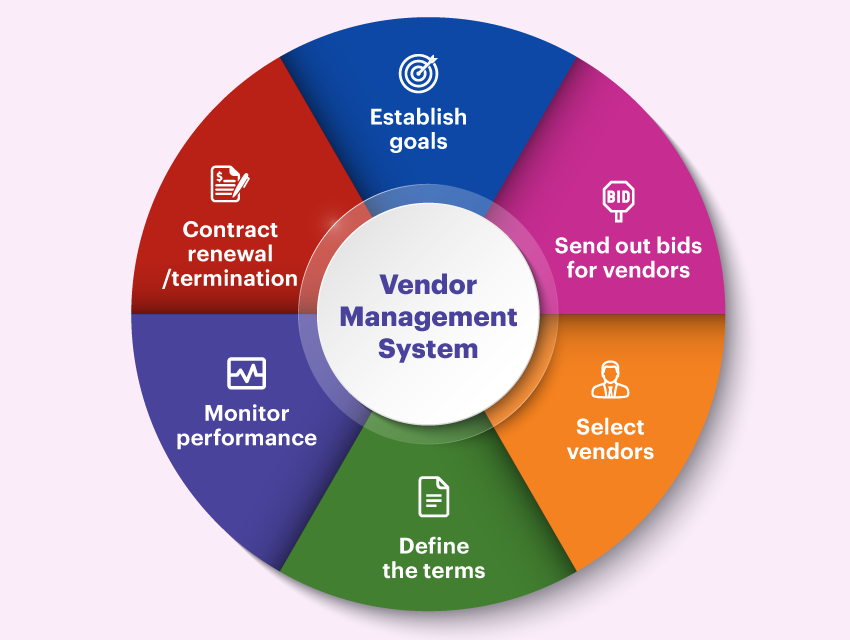Global Vendor Management Software Market Insights and Future Outlook | 2035

The Vendor Management Software Market Competition is a complex and highly dynamic arena, characterized by a multi-front rivalry between vendors with fundamentally different architectures, go-to-market strategies, and core value propositions. The first and most prominent competitive axis is the enduring battle between the all-encompassing, integrated suites and the specialized, best-of-breed point solutions. On one side are the ERP giants like SAP and Oracle, who offer a single, unified platform that aims to manage every aspect of the source-to-pay process. Their competitive argument is one of integration, a single source of truth for all data, and lower total cost of ownership by eliminating the need to purchase and integrate multiple different systems. On the other side are the best-of-breed vendors who specialize in one particular area, such as contract lifecycle management (CLM) or third-party risk management (TPRM). Their competitive argument is one of deep functionality and domain expertise, claiming that their purpose-built tools are far more powerful and effective for their specific task than the "jack-of-all-trades, master-of-none" modules offered by the ERP providers. This creates a classic strategic dilemma for enterprise buyers.
A second major competitive front is the clash between the legacy incumbents and the modern, cloud-native challengers. The incumbents, with their deep roots in on-premise software, often have incredibly powerful and feature-rich products, but they can also be complex, expensive to implement, and have a user interface that feels dated. The cloud-native challengers, like Coupa, compete on the basis of agility, speed of deployment, and a superior, consumer-grade user experience. They have built their platforms from the ground up for the cloud, offering a more intuitive, mobile-friendly interface that drives higher employee adoption. Their success has forced the incumbents to invest billions of dollars in re-architecting their own products for the cloud and in improving their user experience, but the cloud-native players often retain a significant advantage in terms of agility and user-centric design. This competition between the established power of the incumbents and the agile innovation of the challengers is a defining feature of the market.
A third and increasingly important competitive dynamic is the blurring of the lines between different software categories. The vendor management space is seeing significant encroachment from adjacent markets. For example, major IT Service Management (ITSM) platforms like ServiceNow are extending their workflow automation capabilities to manage vendor onboarding and performance. Governance, Risk, and Compliance (GRC) platforms are adding more sophisticated third-party risk management features, competing directly with specialized TPRM vendors. Even Human Capital Management (HCM) systems are expanding their capabilities to manage the contingent workforce, competing with the traditional VMS players. This convergence means that vendor management software providers are no longer just competing with each other; they are competing with a much broader array of enterprise software platforms that are all vying to become the central system for managing a company's relationships with its external partners and suppliers. The Vendor Management Software Market size is projected to grow to USD 55.17 Billion by 2035, exhibiting a CAGR of 11.18% during the forecast period 2025-2035.
Top Trending Reports -
- Art
- Causes
- Crafts
- Dance
- Drinks
- Film
- Fitness
- Food
- Jeux
- Gardening
- Health
- Domicile
- Literature
- Music
- Networking
- Autre
- Party
- Religion
- Shopping
- Sports
- Theater
- Wellness


